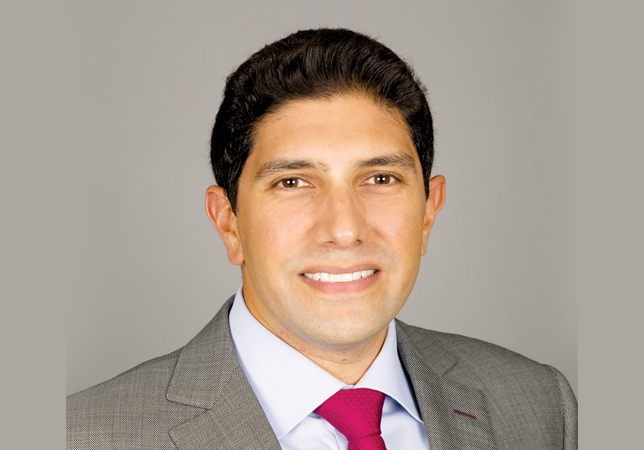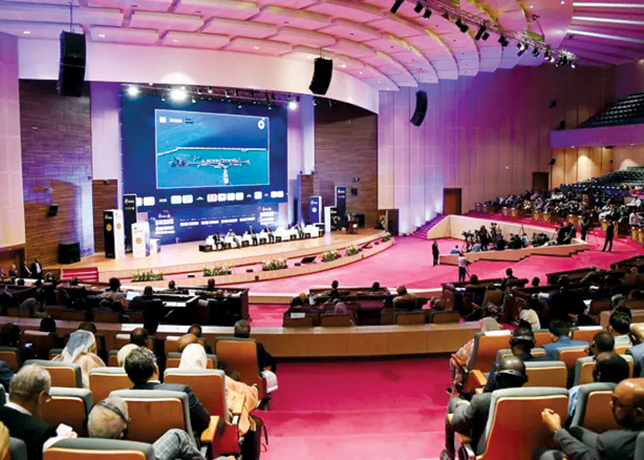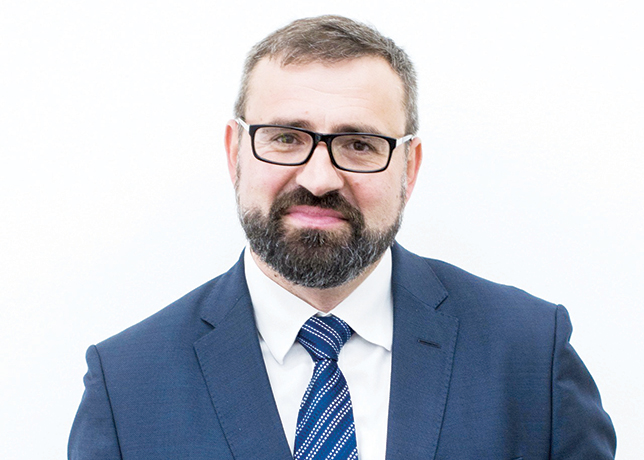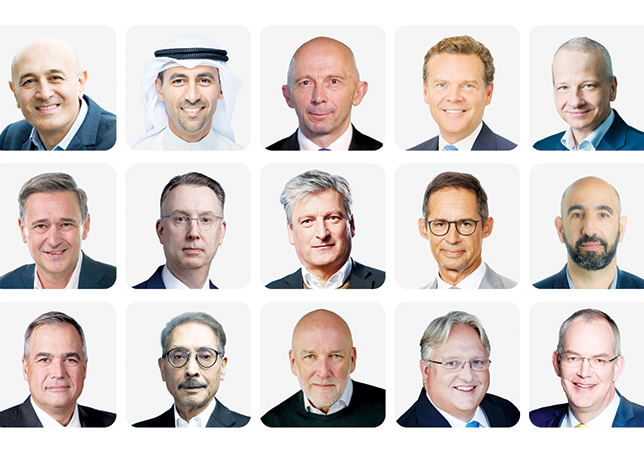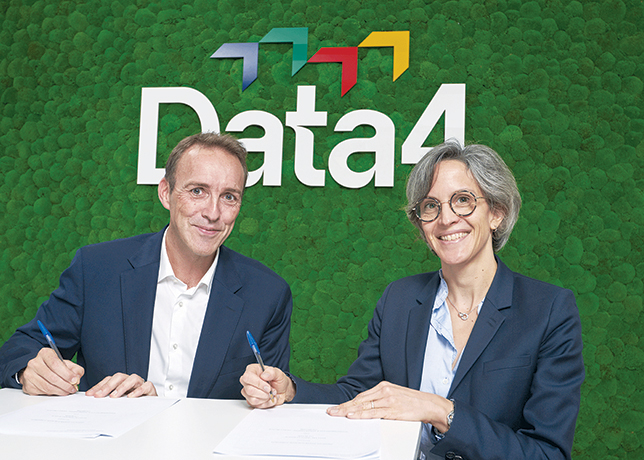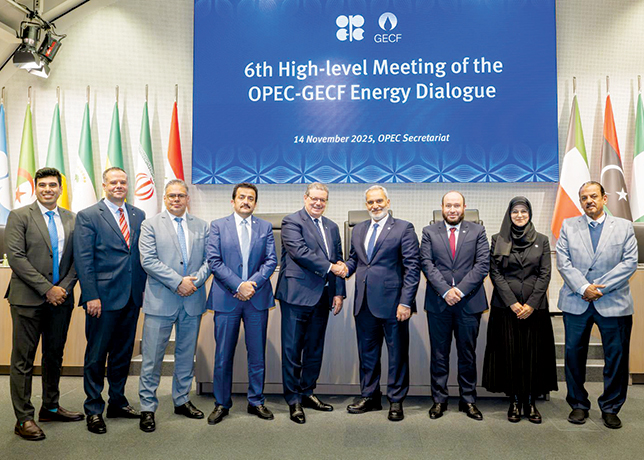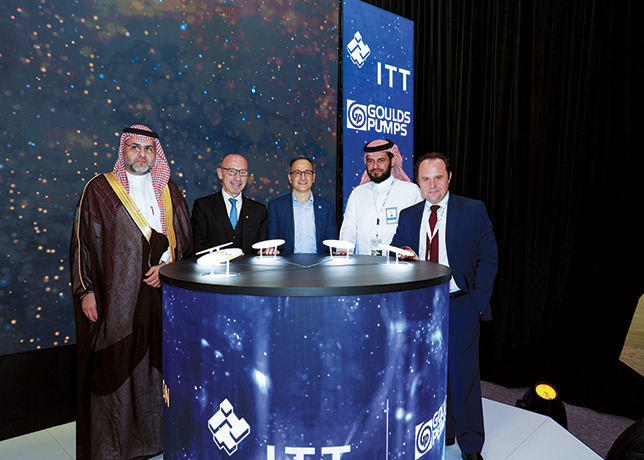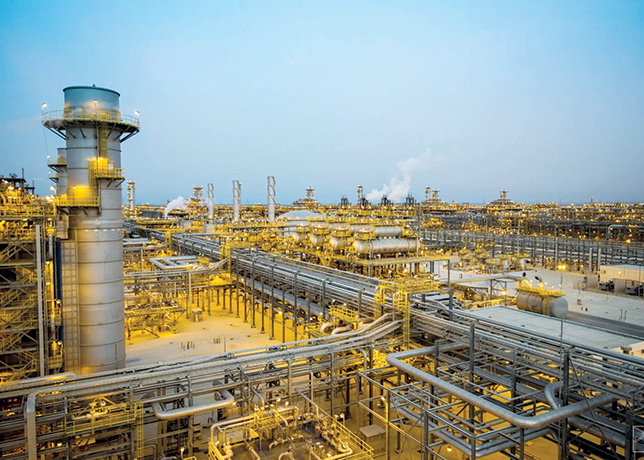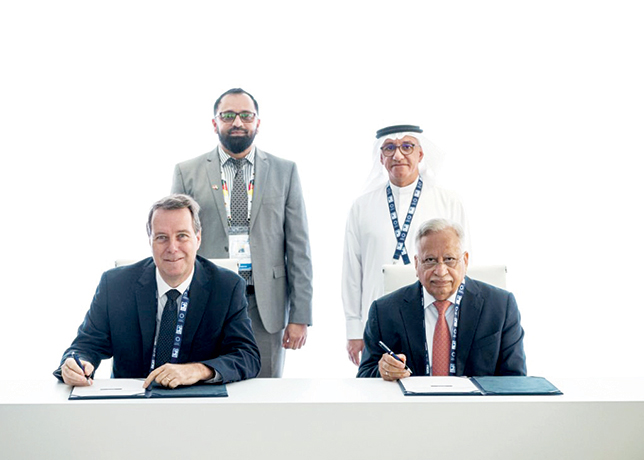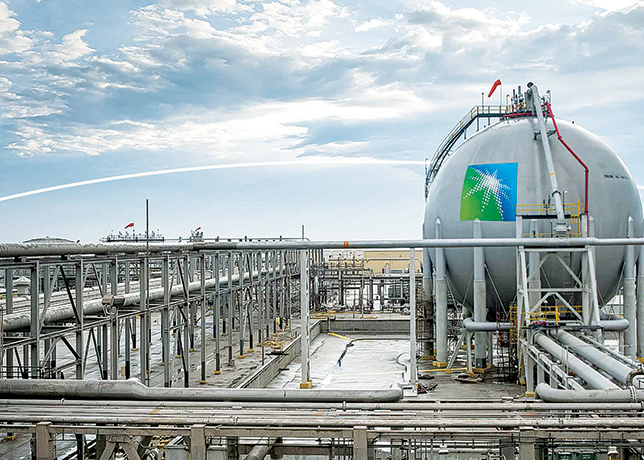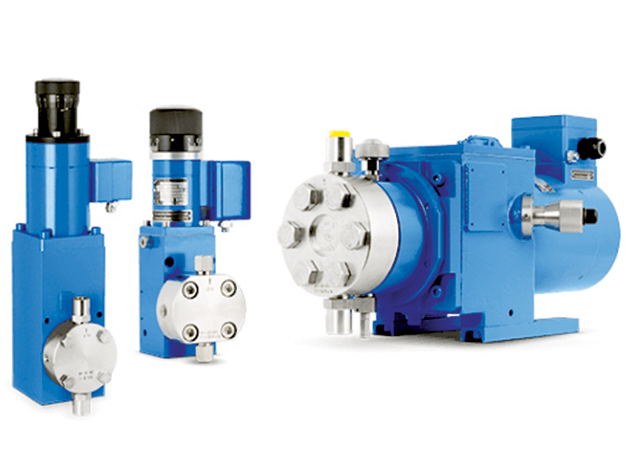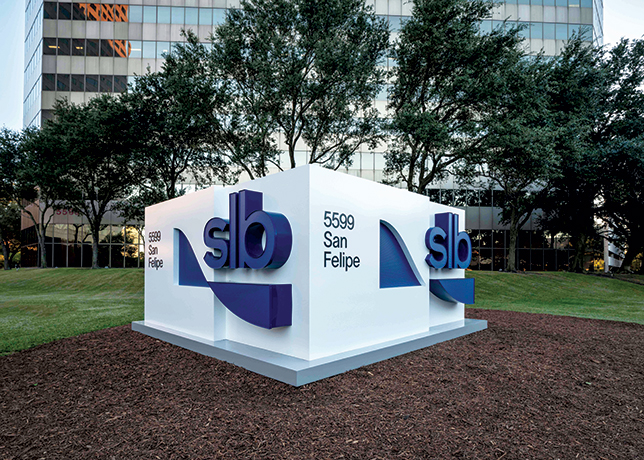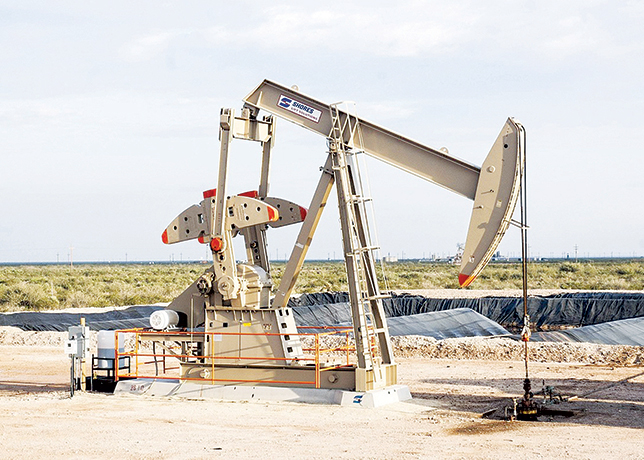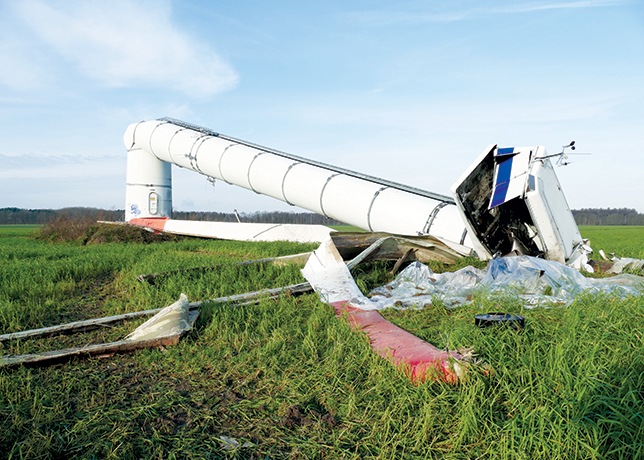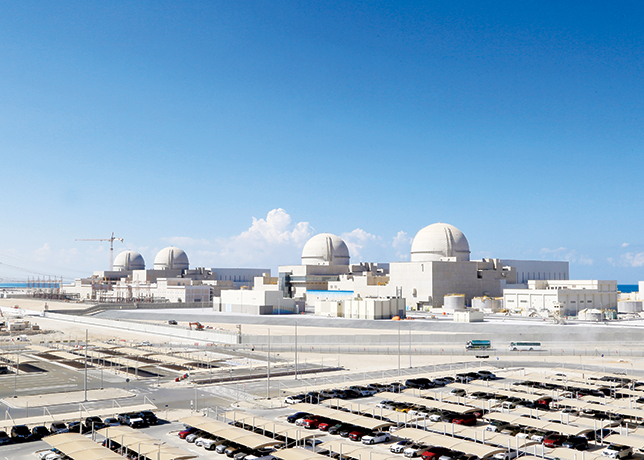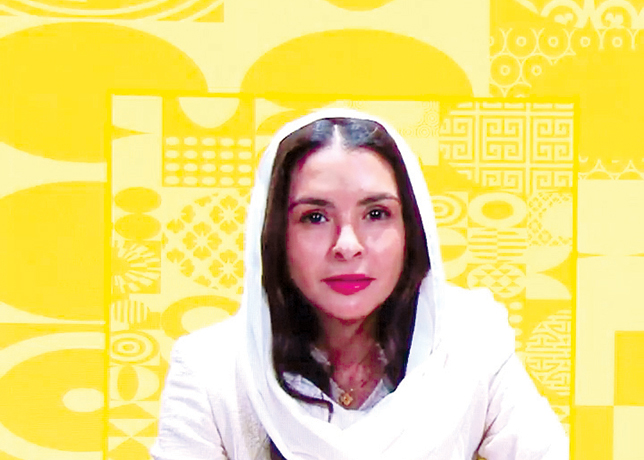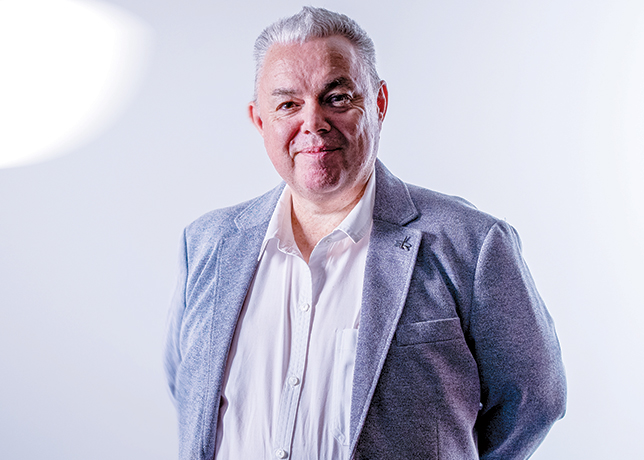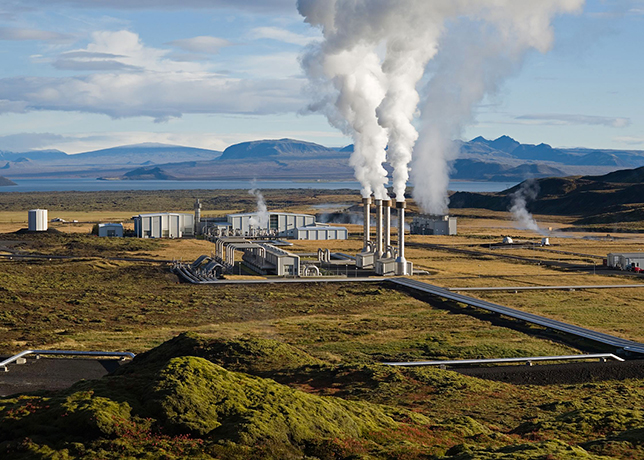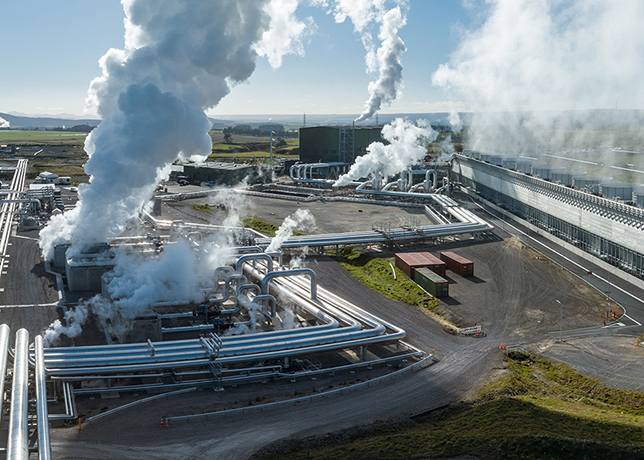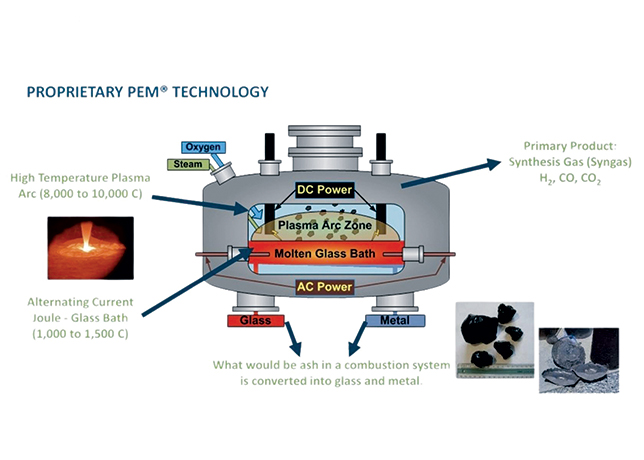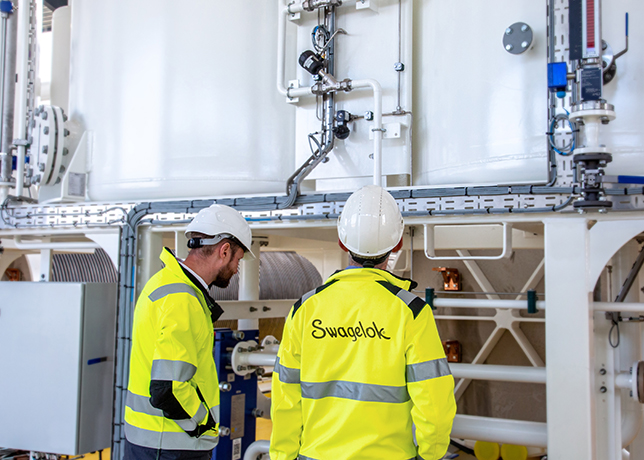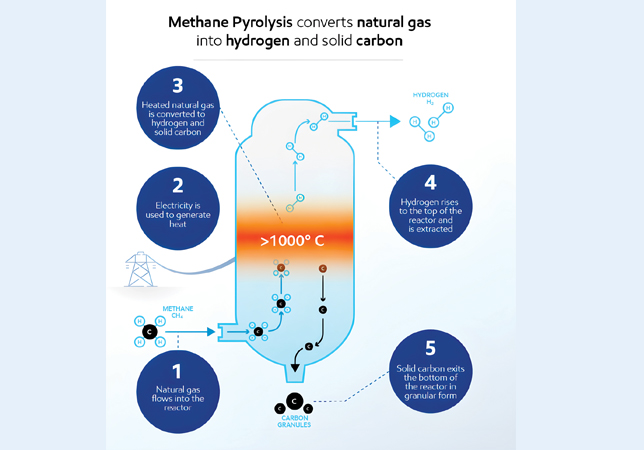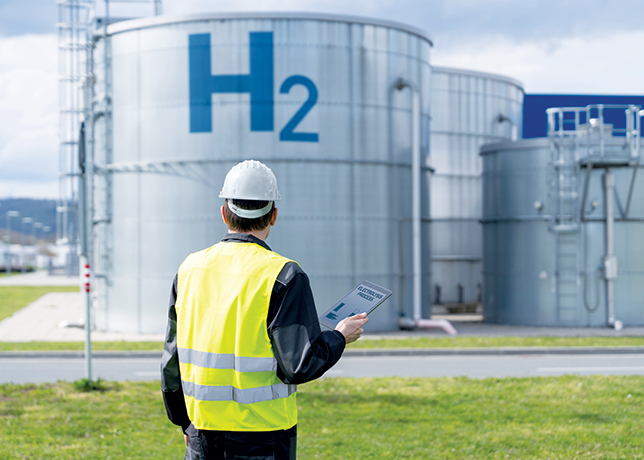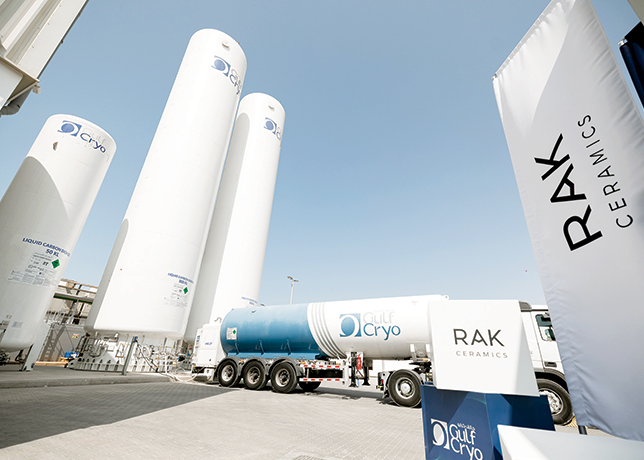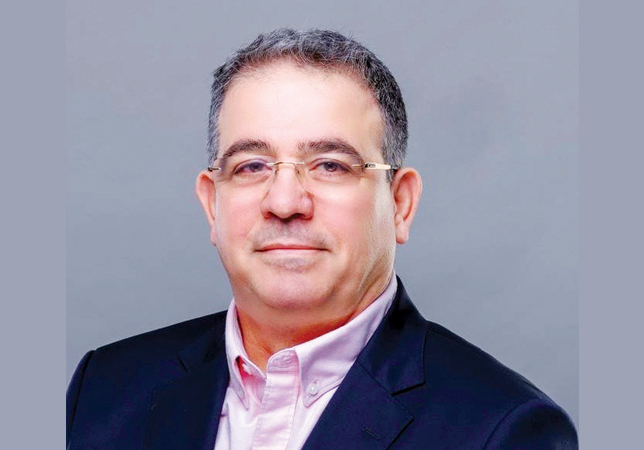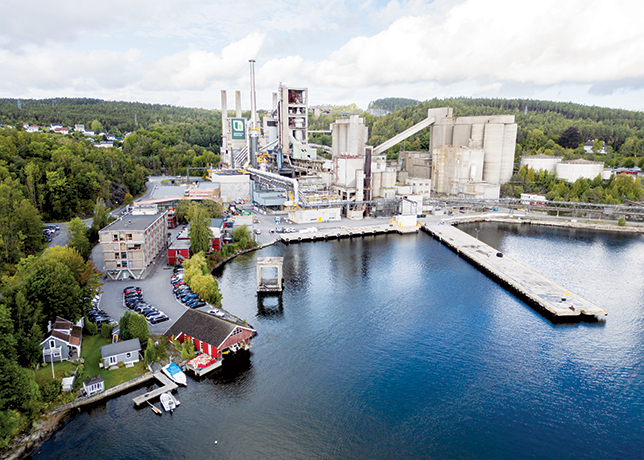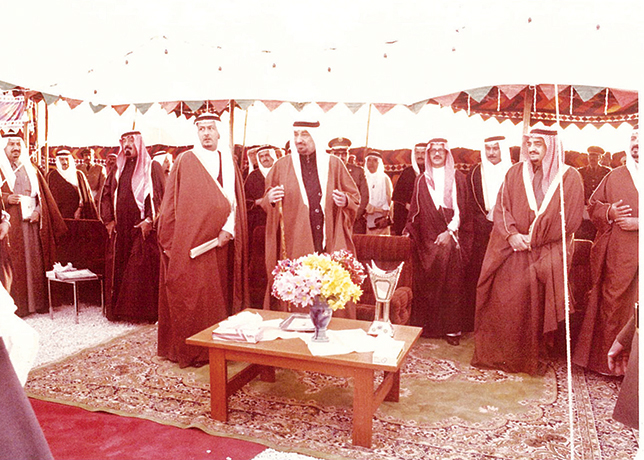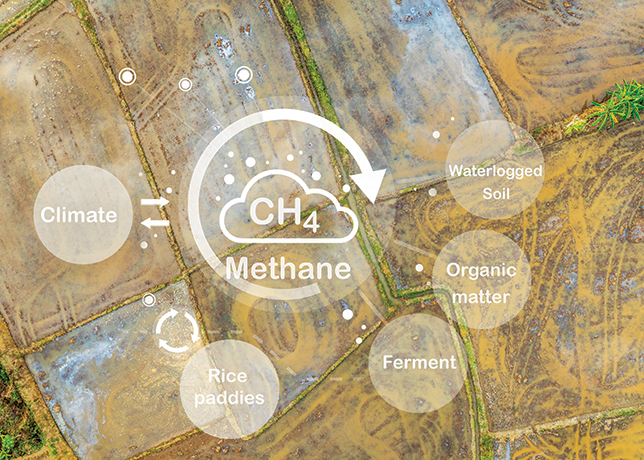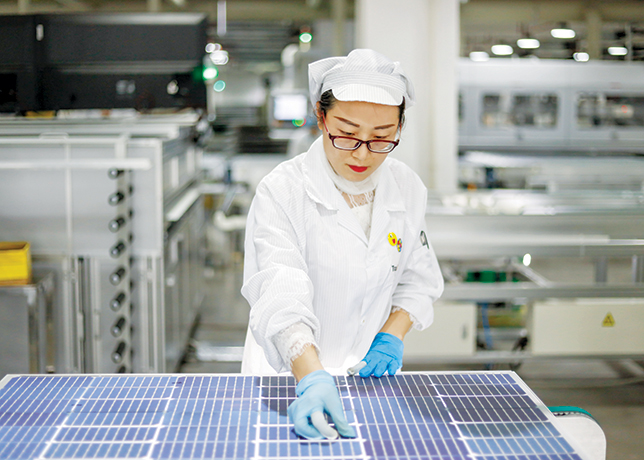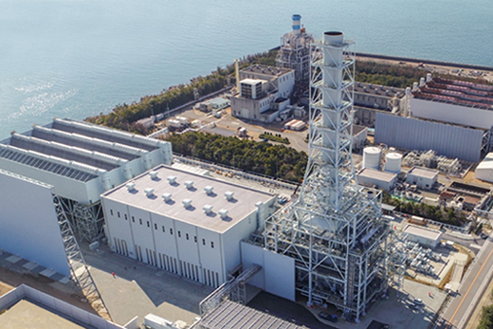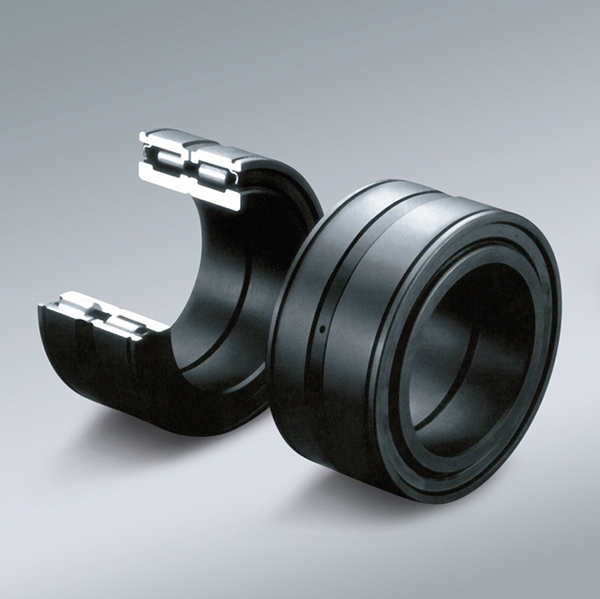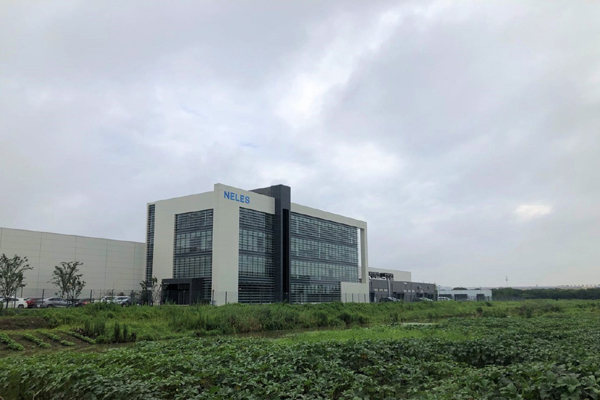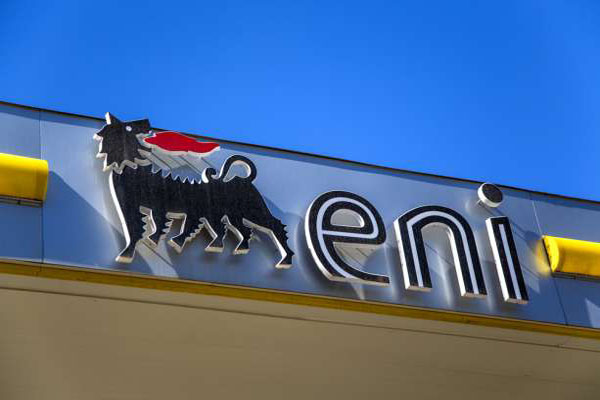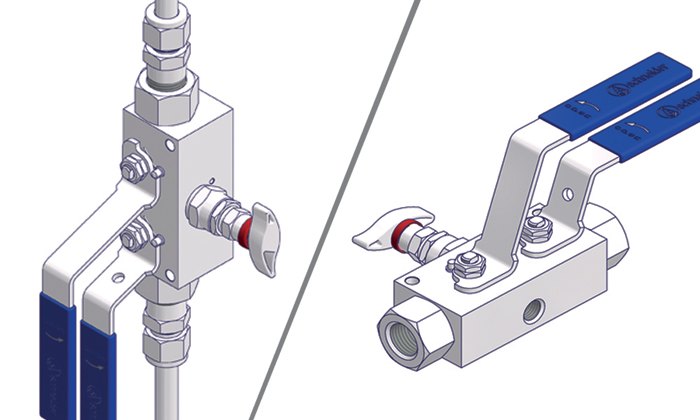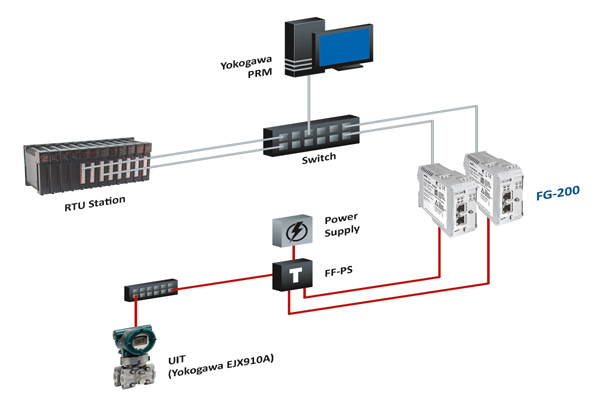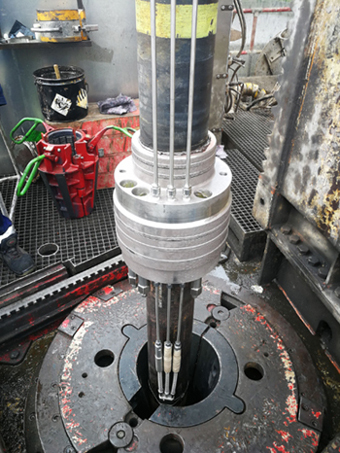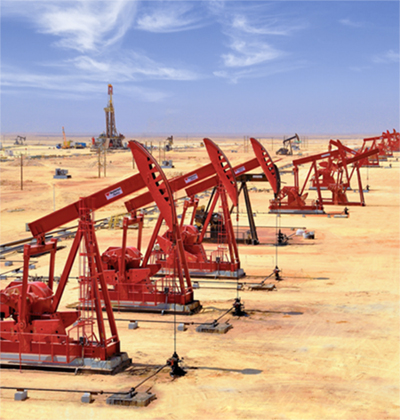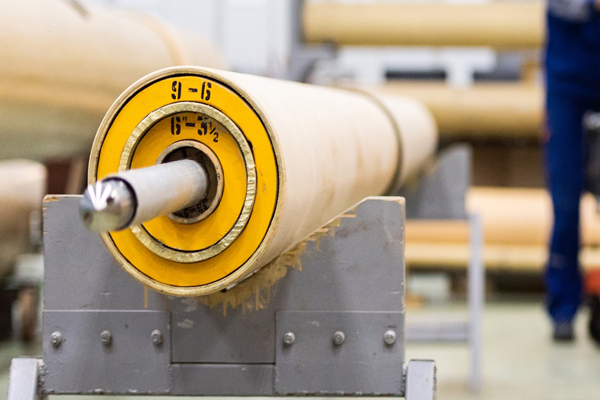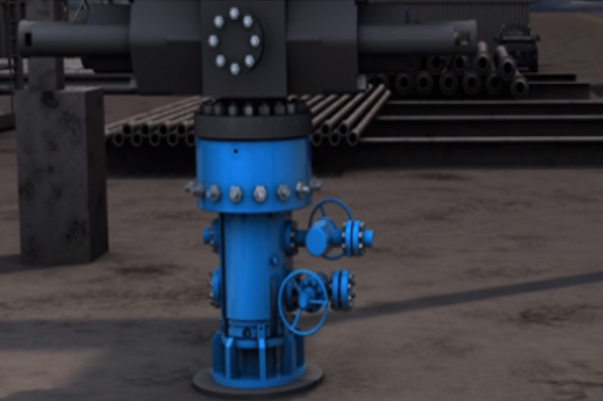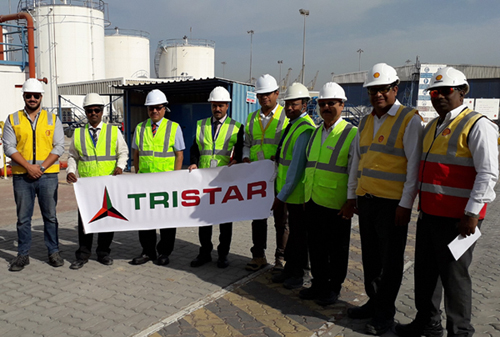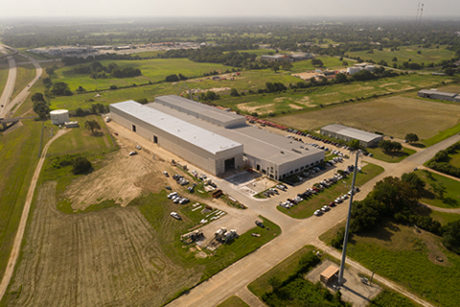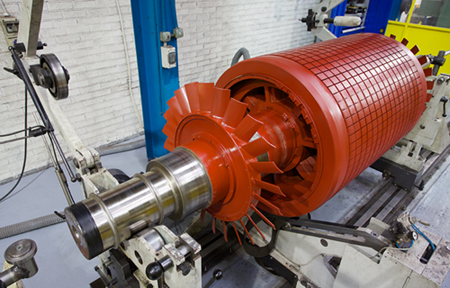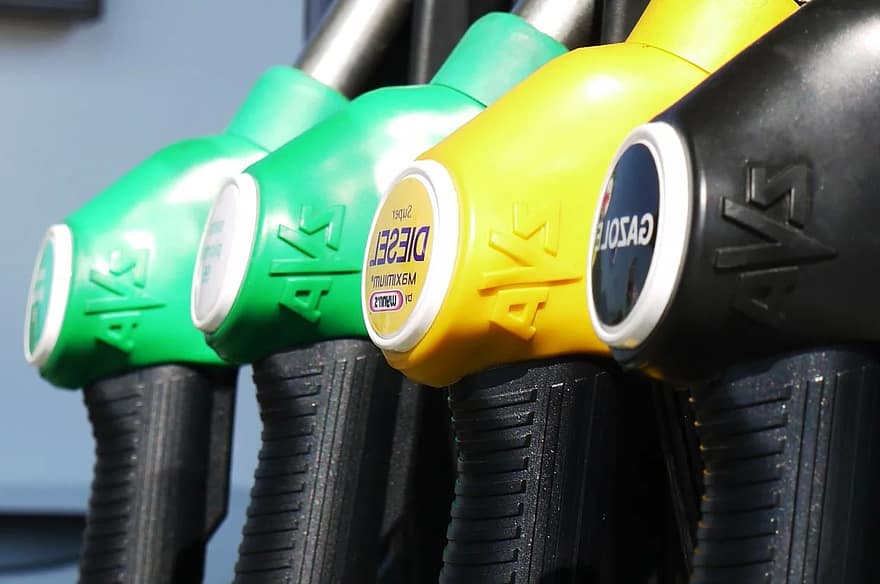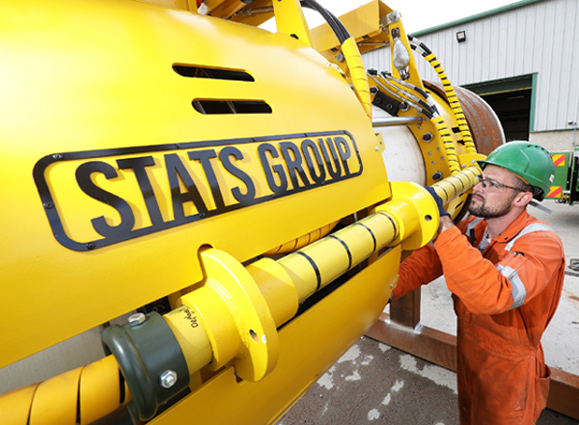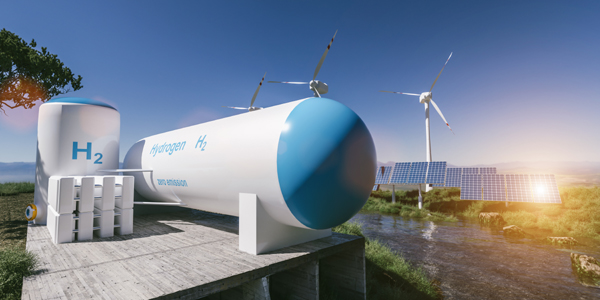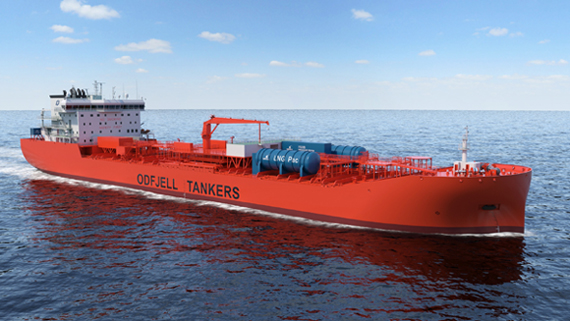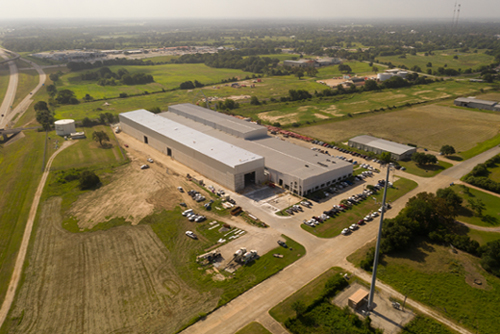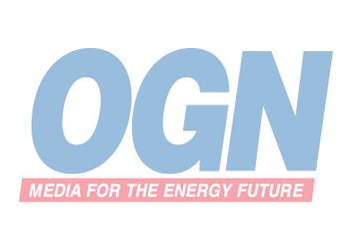
 PDO to invest in EOR projects
PDO to invest in EOR projects
Two major engineering, procurement and construction (EPC) contracts for the Qarn Alam steam-injection project of Petroleum Development Oman (PDO) were signed at an official ceremony held at the Oil and Gas Exhibition Centre.
A contract for “on plot” facilities (those erected at the field site) was signed with Dodsal and a contract for “off plot” facilities (the oil and water flowlines and associated hardware outside of the field site) was signed with Galfar Engineering & Contracting.
The two contracts were signed from PDO’s side by John Malcolm, the company’s managing director, and, from the contractors’ side, by R A Kilachand, chairman of Dodsal, and Salim bin Said al Uraimi, chairman of Galfar.
The Qarn Alam steam-injection project is the world’s first full-field steam-injection project based on thermally assisted gas/oil gravity drainage (TAGOGD) in a fractured carbonate field.
The project scope includes drilling some 150 wells and installing facilities to treat water and generate around 18,000 tonnes per day of steam.
Additional facilities will be built to process the incremental oil and gas produced at the field as well as disposing of excess produced water in deep reservoirs.
Close to 220 km of pipelines and flowlines will be installed to connect these facilities with the wells for water supply, oil production, steam injection and water disposal.
The Qarn Alam field, which was discovered in 1972 and started producing oil in 1975, contains a moderately viscous crude in rock that is rather impervious to its flow.
What little oil does flow out of the rock formation does so under the influence of gravity, through a network of cracks that criss-cross the formation.
The EOR recovery process being applied – TAGOGD – is based on injecting steam into the formation’s fractures to heat the low-permeability oil-bearing rock.
As the rock is heated, gas is liberated and the viscosity of the oil is reduced, flowing much more easily into the fractures under the action of gravity.
The fractures thus serve as conduits for both the injected steam and the produced oil.
Unlike a conventional steam-injection project, in which the steam serves to drive oil to producing wells, the steam at Qarn Alam is used as merely a heating agent to enhance the existing gravity drainage mechanism.
This feature of the project allows the number of wells, and hence development costs, to be kept to a minimum.
Most of the steam will be generated by waste heat recovery from the existing Qarn Alam Power Station, thereby significantly reducing the project’s carbon dioxide emissions and saving on gas consumption.
This is part of PDO’s strategy to preserve the environment while benefiting from the waste heat.
The start-up date of all facilities will be around 2010.
“The contracts represent the successful conclusion of an innovative contracting strategy in difficult market conditions,” said Saif bin Hamed Al Hinai, oil director for the Company’s northern assets.
They will also distinguish PDO from its peer oil companies around the world. EOR methods fall into three categories: thermal, chemical and miscible gas.
“PDO is one of the few companies in the world that can claim to be carrying out at least one major field-development project based on each of the three EOR types”, said Malcolm.
“We now have a thermal project at Qarn Alam, a chemical project at Marmul and a miscible-gas project at Harweel.”
PDO earlier awarded of an engineering, procurement and construction contract for the Marmul Polymer Flooding project, the multi-million dollar EOR project being undertaken by the company.
The contract was awarded to a consortium led by France’s SNF with the UK’s Mott MacDonald as design contractor and Oman’s Bahwan Engineering Company as construction contractor.
The contract involves building centralised water treatment and polymer preparation and injection facilities as well as the supply of chemicals for five years.
The Marmul field was discovered in 1956 and is located in the South of Oman. The main Al Khlata reservoir has very heavy, viscous crude and production will be substantially increased using polymer flooding as an enhanced oil recovery technique.
Polymer flooding works by adding polymer to water in order to make it more viscous before it is injected into the reservoir.
Increasing the viscosity of water leads to a more effective oil sweep which increases both production and the ultimate recovery factor.
The project will lead to a 10 per cent increase in the oil recovery factor from Al Khlata reservoir. Project completion is scheduled for 2008.
The centralised water treatment facilities will include a primary produced water treatment plant with capacity of 80,000 cu m/day and a secondary produced water treatment plant with capacity of 30,000 cu m/day. The polymer preparation and injection facilities station will have a capacity of 17,500 cu m/day.
“This is an important strategic enhanced oil recovery project that will play an important role in sustaining Oman’s long term oil production,” Malcolm said.
Heeding the warnings of the mid eighties that Oman was probably a ‘mature oil province’, PDO directed attention to optimising production from existing fields.
This focus proved invaluable to the company as it trialled several EOR techniques, including steam injection and polymer-thickened waterfloods.
Experimentation with the latest technologies then led directly to many of the techniques that PDO is implementing today.
But it was not until after the turn of the millennium that PDO recognised that EOR would have to be applied in much more than pilot projects.
There’s no doubt that PDO’s major capital investments over the next several years will be its EOR projects, namely the Harweel miscible-gas injection project and the steam-injection project at Qarn Alam.
The Harweel EOR project is expected to deliver around 100,000 barrels per day once it comes onstream, whereas the Qarn Alam EOR project is expected to produce volumes in the order of 20,000 barrels per day.
By 2010 some 20 per cent of PDO’s production will come from these two EOR projects, says the company.






